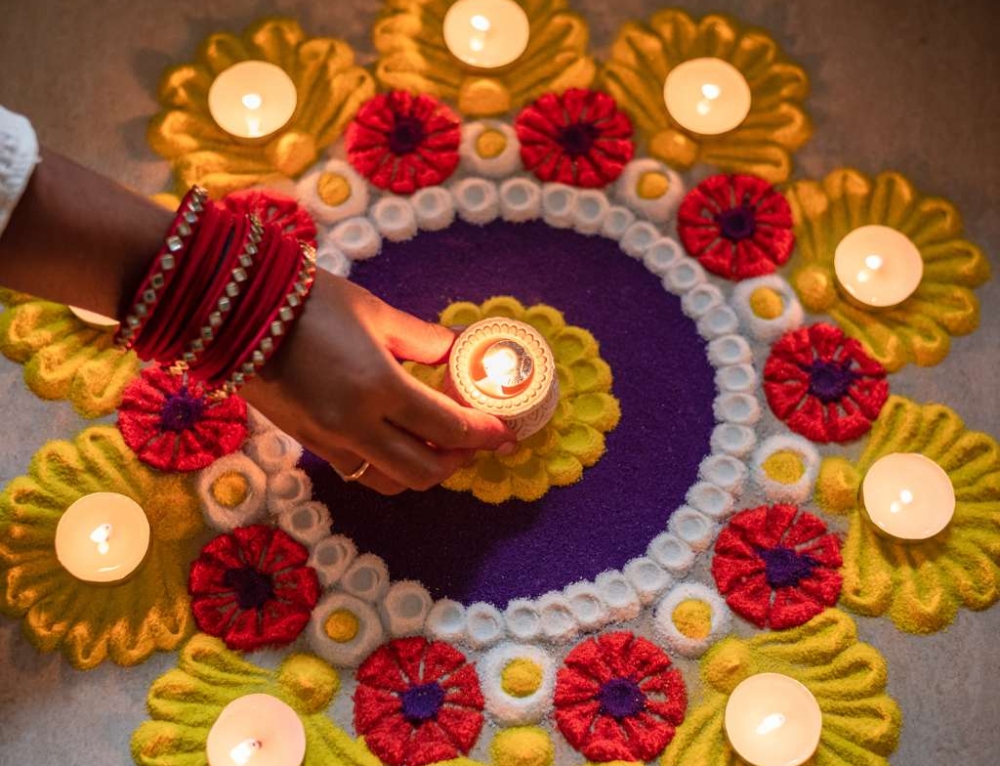For most of us the word science equals geeks in lab coats and safety goggles messing around with beakers. What it does not equate to is a fun afternoon with the kids. And besides, you need fancy equipment to do science stuff, right? Wrong.
DIY science
What about ‘kitchen science’? Kitchen science is all about using what you have at home to create your own potions, experiments and bubbly, drippy, colourful, messy (loosely) scientific activities. There’s no safety goggles, no Bunsen burners and most importantly you don’t have to write up your conclusions and findings at the end.
But what are the benefits? I hear you ask. Well, you can cite all sorts of worthy reasons; exploring the world, discovering how things work, cognitive development blah blah blah. Bottom line? Kitchen science encapsulates the top three things kids love to do;
- make a mess
- mix up potions just for the hell of it
- make things go ‘pop’ ‘fizz’ ‘ffft’ and ‘bang’
Explorative thinking
If you get your kids into kitchen science you’ll soon find them outside trying all sorts of new and original versions of bicarb and vinegar experiments on their own. The actual visceral experience of watching two volatile chemicals react is quite addictive. Once they get the hang of it, kids will explore all sorts of ways to keep trying to make it happen.
Explorative thinking and problem solving is one of the brain’s key developmental areas. But it’s all about fun and engaging them in something hands-on that doesn’t involve a screen, keyboard or console.
Also, there’s no need for expensive fancy science stuff. Here are the main staples of kitchen science:
- a large bottle of cheap white vinegar (about 99c)
- a box of bicarb soda ($2.46 for 500g)
- food colourings (don’t get ‘natural’ ones, they don’t have enough chemical ‘kapow’ to be effective) (99c each)
We also invested in some plastic funnels ($5 ea) and eye droppers ($3.95 ea) to make things a little easier. But again, it’s not essential. Just the basic three will start you off.
But don’t worry, we won’t leave you hanging. Kick off your home ‘lab’ with these five videos of classic kitchen science experiments that your kids will love.
Find more on Kidspot:







Leave A Comment
You must be logged in to post a comment.